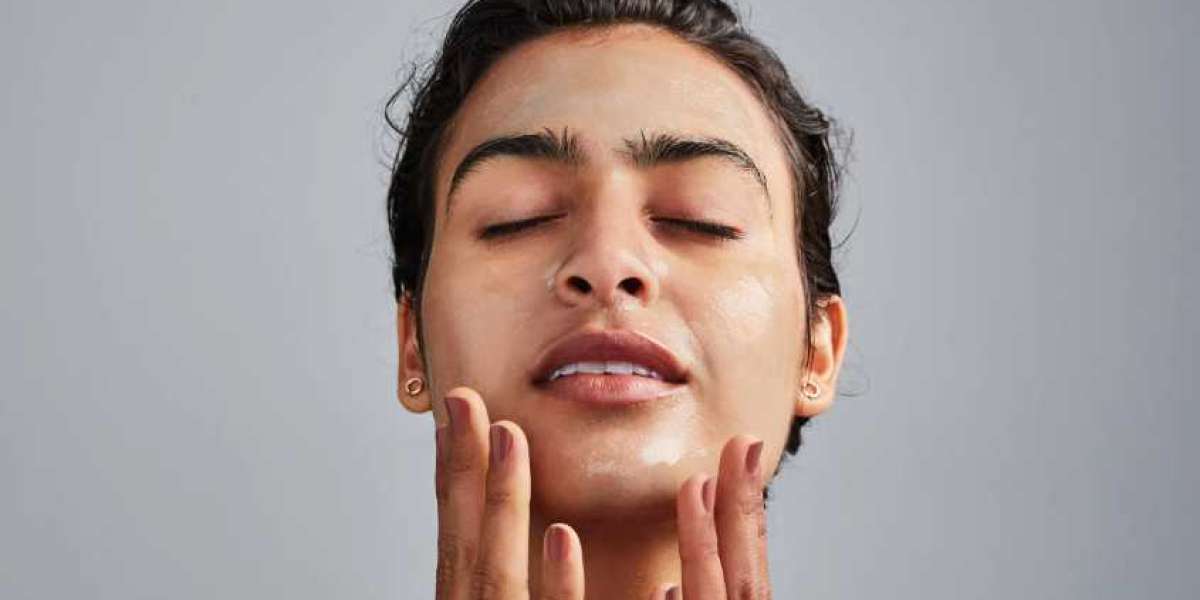Choosing the right moisturizer for your skin type is crucial, especially for teens, as skin can change during these formative years. Here’s a guide to help you select a moisturizer that suits your skin’s specific needs, whether you have oily, dry, combination, or sensitive skin.
1. Identify Your Skin Type
Before choosing a moisturizer, it’s essential to know your skin type:
- Oily Skin: Shiny appearance, enlarged pores, prone to acne and breakouts.
- Dry Skin: Flaky, tight, or rough texture; may have visible dry patches.
- Combination Skin: Oily in the T-zone (forehead, nose, chin) and dry or normal on other areas.
- Sensitive Skin: Prone to redness, irritation, and reactions to certain products.
2. Choose the Right Ingredients
For Oily Skin
- Look For: Lightweight, oil-free, non-comedogenic moisturizers.
- Key Ingredients:
- Hyaluronic Acid: Provides hydration without adding oil.
- Glycerin: A humectant that draws moisture into the skin.
- Niacinamide: Helps regulate oil production and minimizes pores.
- Recommended Products: Neutrogena Hydro Boost Water Gel or CeraVe Oil-Free Gel Moisturizer.
For Dry Skin
- Look For: Rich, creamy, and hydrating formulas.
- Key Ingredients:
- Ceramides: Help restore the skin barrier and lock in moisture.
- Shea Butter: Provides deep hydration and nourishment.
- Lanolin: Helps retain moisture.
- Recommended Products: CeraVe Moisturizing Cream or Eucerin Advanced Repair Cream.
For Combination Skin
- Look For: Balanced moisturizers that hydrate without being too heavy.
- Key Ingredients:
- Lightweight Oils (like jojoba oil): Provide moisture without clogging pores.
- Hyaluronic Acid: Keeps the skin hydrated without being greasy.
- Recommended Products: Clinique Dramatically Different Moisturizing Gel or Neutrogena Oil-Free Moisture Combination Skin.
For Sensitive Skin
- Look For: Fragrance-free, hypoallergenic products designed for sensitive skin.
- Key Ingredients:
- Aloe Vera: Soothes and calms irritation.
- Chamomile or Green Tea Extract: Provides antioxidant benefits and reduces redness.
- Recommended Products: Aveeno Ultra-Calming Nourishing Night Cream or La Roche-Posay Toleriane Moisturizer.
3. Consider Your Skin Concerns
- Acne-Prone Skin: Opt for products with salicylic acid or benzoyl peroxide, but make sure they’re still moisturizing.
- Dull Skin: Look for moisturizers with brightening ingredients like vitamin C or glycolic acid.
- Eczema or Psoriasis: Choose rich creams that contain ceramides and avoid fragrance.
4. Pay Attention to Texture and Finish
- Gel-Based Moisturizers: Ideal for oily skin as they feel lightweight and absorb quickly.
- Cream-Based Moisturizers: Great for dry skin, providing a rich, nourishing feel.
- Lotion: A versatile option that works well for combination skin.
5. Don’t Forget About Sunscreen
If you’re using your moisturizer during the day, consider one that includes SPF to protect your skin from sun damage. If not, always layer a separate sunscreen on top of your moisturizer.
6. Patch Test New Products
When trying a new moisturizer, apply a small amount on your wrist or behind your ear to check for any allergic reactions or irritation.
7. Reassess Regularly
Teen skin can change due to hormonal fluctuations, weather changes, or lifestyle factors. Regularly reassess your skin type and switch moisturizers as needed.
Final Thoughts
Choosing the right moisturizer can significantly impact your skin’s health and appearance. By understanding your skin type and the ingredients that work best for you, you can maintain hydrated, healthy skin throughout your teen years. Always consult with a dermatologist if you have specific skin concerns or need personalized recommendations.








